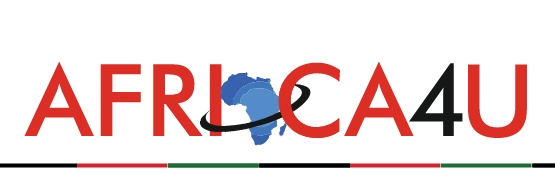(3 Minutes Read)
The Namibia Financial Institutions Supervisory Authority (NAMFISA) has highlighted how global catastrophes are influencing the local insurance market, particularly through rising reinsurance costs that may lead to higher premiums for Namibian policyholders.
In an interview, NAMFISA CEO Kenneth Matomola explained that Namibia’s insurance sector is not immune to global market dynamics due to the interconnected nature of the reinsurance industry. Major international disasters, such as hurricanes, earthquakes, and wildfires, can result in substantial claim payouts for reinsurers, prompting them to revise pricing models to manage risk and recover losses.
“When reinsurers face large-scale claims, they often increase their rates. These higher costs are typically passed down to Namibian insurers and ultimately to local consumers,” Matomola said.
He further noted that local insurers may raise premiums or withdraw coverage for high-risk categories during so-called “hard market cycles”—periods marked by elevated reinsurance costs and tighter underwriting conditions.
However, Matomola stressed that the extent of the impact on Namibia’s insurance premiums depends on several factors, including the country’s specific risk profile, the reinsurance arrangements individual insurers have in place, and prevailing market competition.
Regarding climate-related events, while NAMFISA has not observed a direct link between global disasters and claims payouts within Namibia, Matomola acknowledged indirect effects. For example, widespread natural catastrophes abroad can lead to higher reinsurance rates, affecting local insurers’ ability to secure favorable terms.
He added that insurers relying heavily on international reinsurers could also experience delays in claims processing due to global claim surges, which may influence future underwriting and claims handling practices.
To protect the industry from external shocks, NAMFISA has implemented various regulatory safeguards. These include capital buffers and requirements for insurers to maintain minimum capital levels under Namibia’s Long-term and Short-term Insurance Acts. Additionally, the upcoming Financial Institutions and Markets Act (FIMA) introduces a risk-based capital framework, ensuring insurers hold capital in proportion to the risks they underwrite.
“Our regulatory oversight includes regular inspections, reporting requirements, and necessary capital adjustments. These efforts are aimed at strengthening the resilience of Namibia’s insurance sector,” Matomola said.
Read Also;
https://trendsnafrica.com/namibia-fined-insurance-giants-for-uncompetitive-behaviour/
NAMFISA also plays an active role in international regulatory forums. The authority is a member of both the International Association of Insurance Supervisors (IAIS) and the Committee of Insurance, Securities, and Non-Banking Financial Authorities (CISNA), aligning local practices with global standards.
Matomola, who also serves as Chairperson of CISNA and recently joined the IAIS executive committee, emphasised that such international engagement is crucial to ensuring Namibia remains informed and responsive to evolving global risks.





